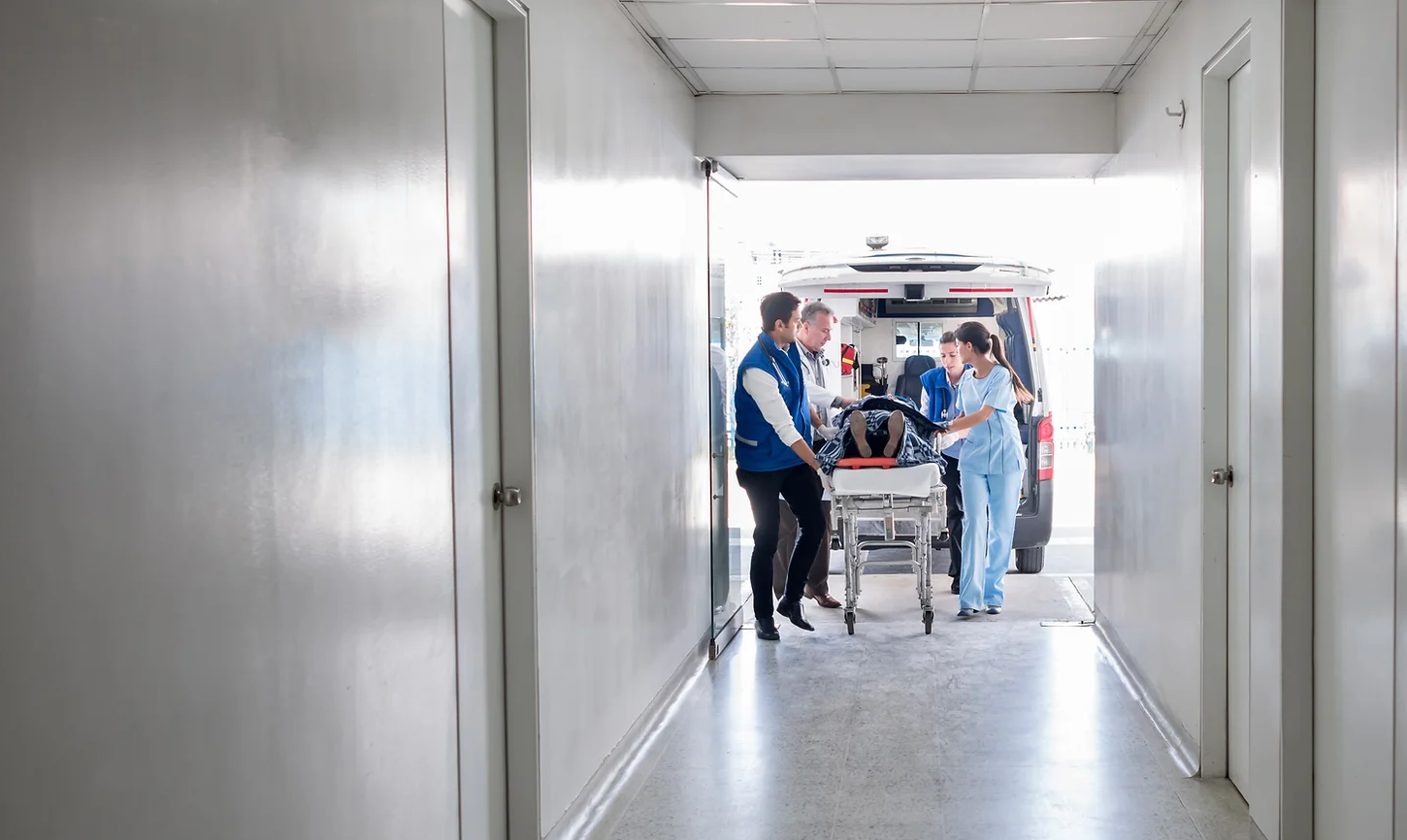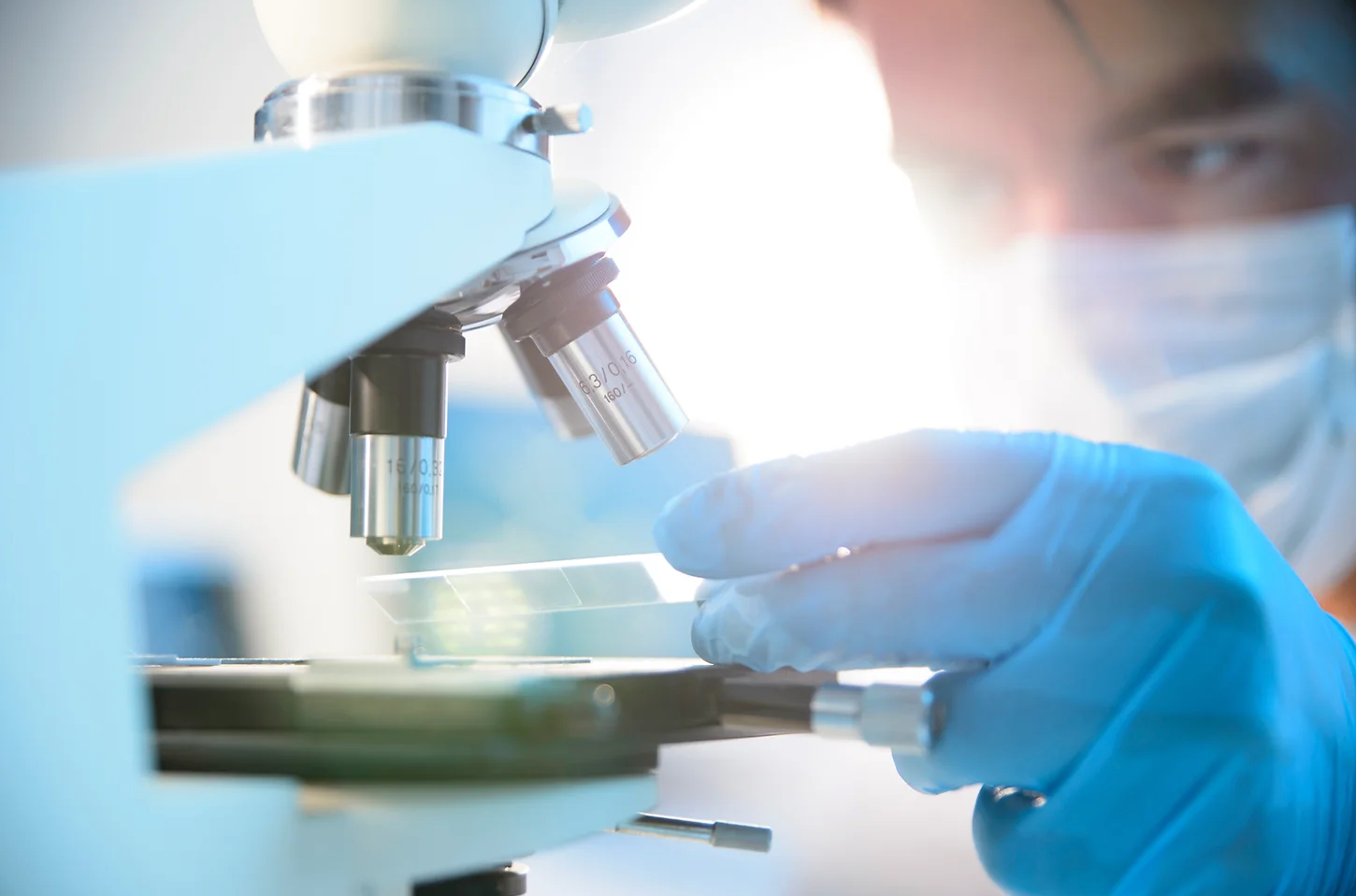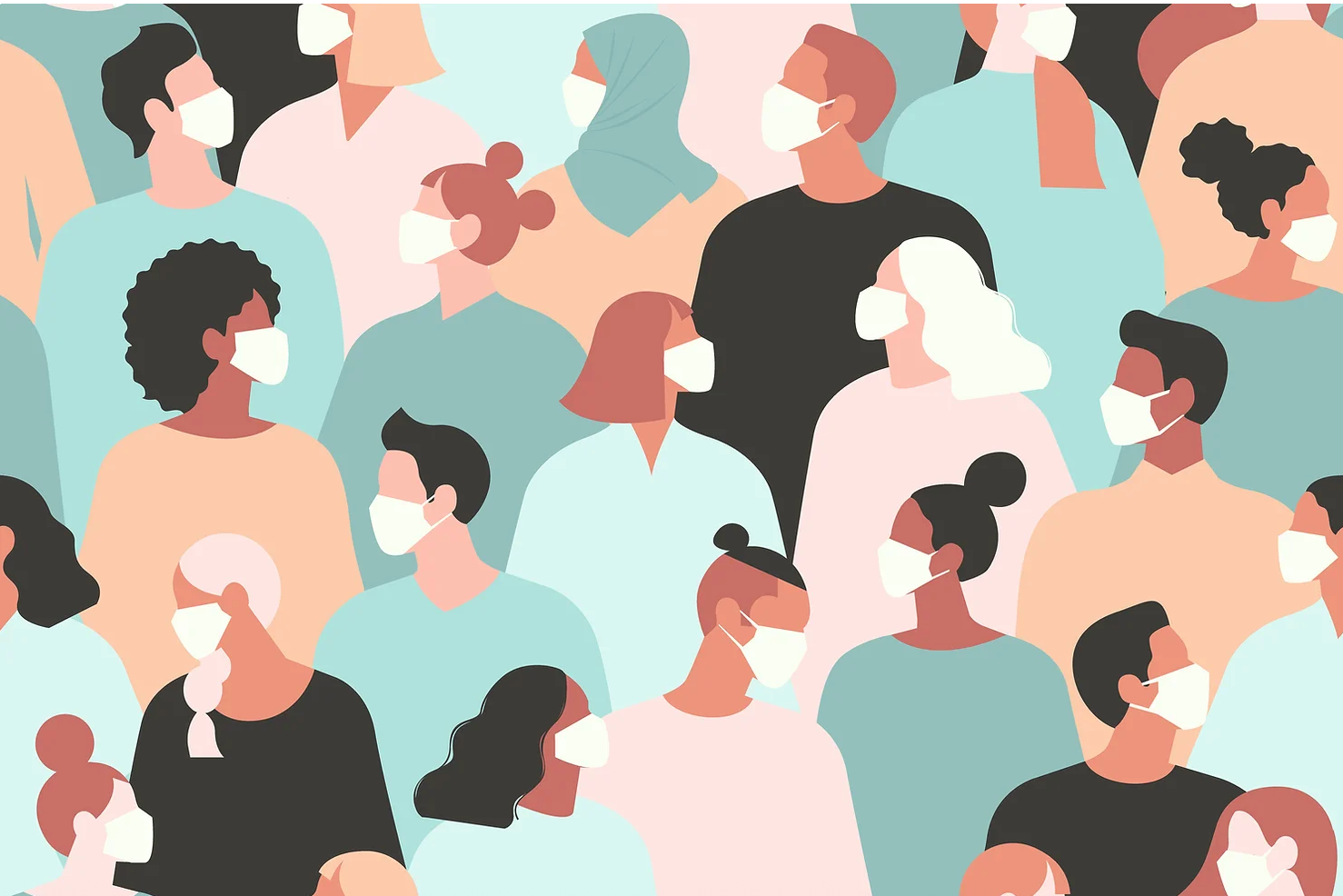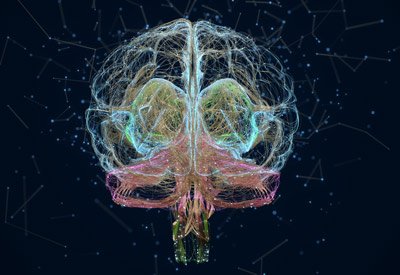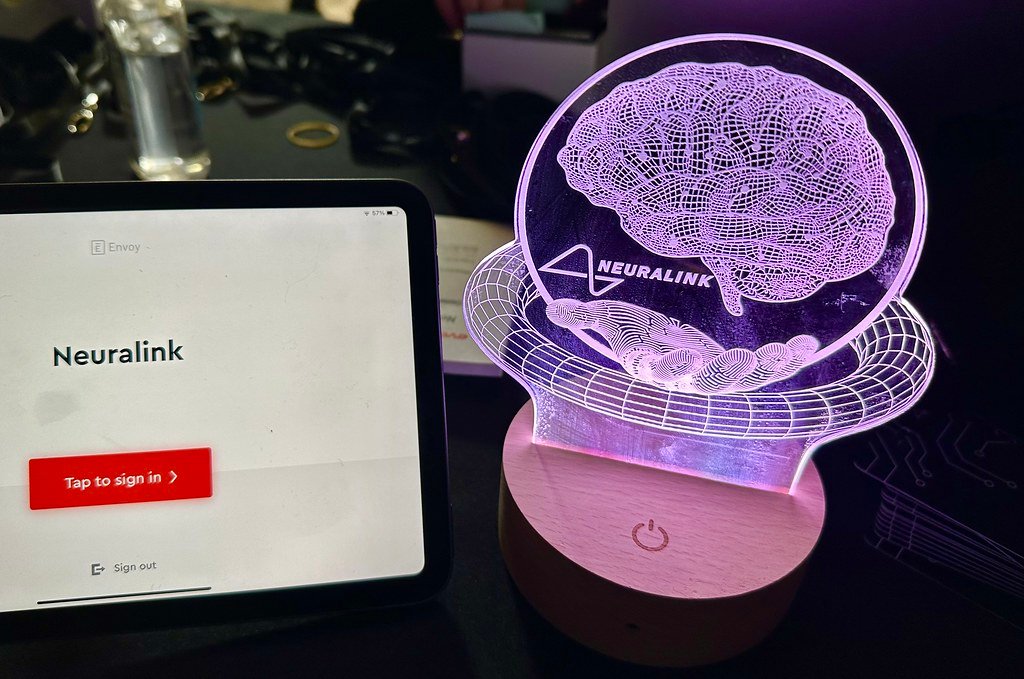In recent years, artificial intelligence (AI) has emerged as a transformative force in the healthcare industry. From predicting diseases to enabling faster, more accurate diagnoses, AI is not just a technological marvel but a lifesaver for millions of patients worldwide. Let’s dive into how AI is revolutionizing patient care, particularly in diagnostics.
The Current Landscape of Diagnostics
Traditional diagnostic processes, though effective, often come with significant challenges:
- Time Delays: Analyzing medical images, conducting lab tests, and reaching a diagnosis can take days or even weeks.
- Human Error: Even the most experienced doctors can miss subtle signs of illness due to fatigue or the sheer complexity of cases.
- Limited Resources: In under-resourced areas, access to specialized diagnostic tools and expertise is scarce, leaving many patients without timely care.
AI-powered solutions are addressing these gaps, making diagnostics faster, more accessible, and precise.
AI in Medical Imaging
One of the most promising applications of AI is in medical imaging. AI models can analyze X-rays, MRIs, and CT scans in minutes, often detecting anomalies that might escape the human eye. For instance:
- Early Cancer Detection: AI tools can spot early signs of breast or lung cancer with remarkable accuracy, allowing for timely interventions.
- Stroke Diagnosis: AI algorithms are now being used to identify strokes and predict outcomes, often in under five minutes—critical for saving lives.
Predictive Analytics in Healthcare
AI isn’t just about diagnosing diseases; it’s also about predicting them. With access to patient history and genetic information, AI models can identify individuals at risk for chronic conditions like diabetes or heart disease before symptoms even appear.
- Example: A hospital in the U.S. used an AI system to predict sepsis in ICU patients, reducing mortality rates by 18%.
Bridging the Gap in Global Healthcare
One of the most exciting aspects of AI in diagnostics is its potential to democratize healthcare. In regions where medical specialists are scarce, AI-powered diagnostic tools are making a world of difference.
- Portable Solutions: Devices equipped with AI can analyze symptoms and provide initial diagnoses, even in remote areas.
Challenges and Ethical Considerations
While AI in diagnostics holds immense promise, it’s not without challenges:
- Data Privacy: How do we ensure patient data used to train AI models is secure?
- Bias: AI systems are only as unbiased as the data they’re trained on. Ensuring diverse datasets is crucial for equitable healthcare.
- Human Oversight: AI should complement, not replace, the expertise of medical professionals.
The Future of Diagnostics with AI
As AI continues to evolve, we can expect even more revolutionary applications:
- Real-Time Diagnostics: Wearable devices that use AI to monitor vitals and diagnose conditions on the go.
- Personalized Medicine: AI analyzing genetic data to suggest tailored treatment plans for individual patients.
Final Thoughts
AI is not just a tool; it’s a partner in the journey toward better health outcomes. By enhancing the speed, accuracy, and accessibility of diagnostics, it is paving the way for a future where everyone, regardless of geography or resources, can receive quality healthcare.
What are your thoughts on AI in diagnostics? Let me know in the comments below—I’d love to hear your perspectives!
Subscribe to our newsletter!
